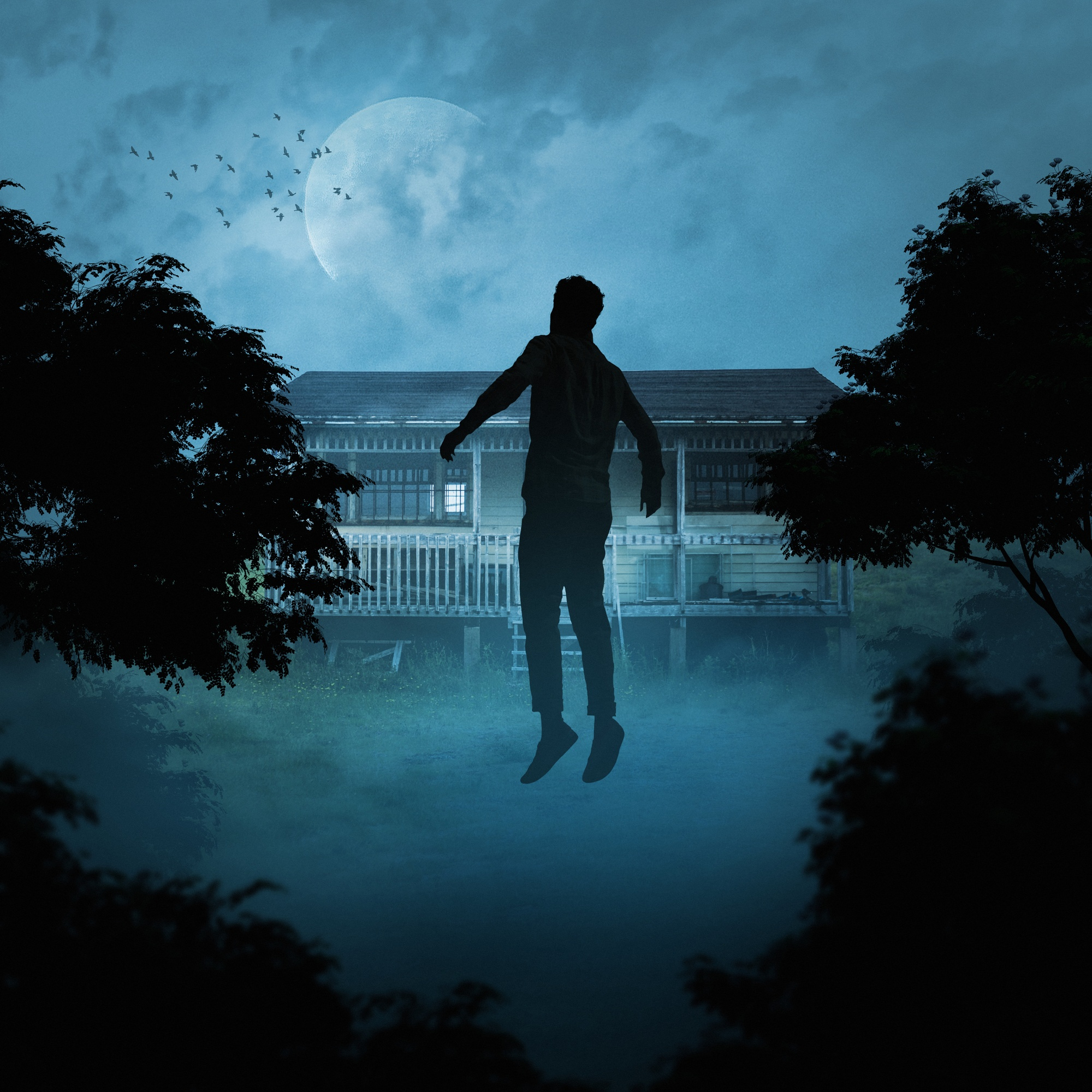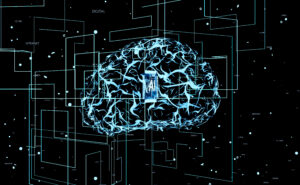
What a Near-Death Experience Feels Like
Near-death experiences are different for everyone. Many people say they see vivid images and feel very happy — but why does this happen?

Near-death experiences (NDEs) are a fascinating mystery in the world of the paranormal. Many people report seeing a bright light at the end of a tunnel, reliving past memories, or even catching glimpses of heaven.
These scenes are often shown in movies and TV shows because they reflect what real people have described during NDEs.
You might think coming so close to death would leave someone feeling scared or upset. But surprisingly, the opposite seems to happen. Many who go through NDEs say they feel happier, more at peace & less afraid of dying.
But what exactly happens during a near-death experience? How does the brain create these vivid visions? And is there a way to experience something similar — without actually being close to death?
What is a near-death experience actually like?
Not everyone who has a near-death experience (NDE) sees visions or feels something unique, but they are quite common. NDEs usually fall into two groups: positive or negative experiences.
Professor Chris French, a psychologist who studies paranormal beliefs, explains that at first, researchers focused only on the positive stories. But over time, they realised that some people have negative experiences too.
During an NDE, people often have vivid dreams or hallucinations that feel incredibly real — just as real as anything else they’ve ever experienced. For those who have a positive NDE, this can be life-changing in a good way.
But for people with negative NDEs, it can leave them more afraid of death or even cause long-term trauma. Shockingly, about 1 in 5 NDEs are negative.
Chris describes three types of negative experiences:
- Confusing Awe: Some people feel overwhelmed by powerful memories or visions that others might see as positive, but they don’t feel that way.
- Nightmare of Hell: Others describe terrifying scenes, like a painting of hell, where they witness pain, suffering, or a dark afterlife.
- Endless Void: The most unsettling experience is nothingness — a dark, empty space where they drift alone forever.
But what about the positive experiences? These stories are much more common and often life-changing in a good way.
People describe floating outside their body, seeing their life flash before their eyes, or walking toward a bright light at the end of a tunnel.
During these moments, they often feel light, free, and completely at peace. Even though they came close to death, the experience leaves them with a greater appreciation for life and a sense of calm about what lies beyond.
The science behind the experience
What causes near-death experiences? Are they messages from God or glimpses of the afterlife? Science doesn’t have a clear answer yet, but researchers like Professor Chris French have an interesting theory.
“Most neuropsychologists believe these are visions from a brain under extreme stress,” French explains.
“When the body is in danger, strange things happen in the brain, and this is how we experience it. It feels incredibly real, but this is the most logical explanation we have.”
Neuroscientists call this process disturbed bodily multisensory integration. In simple terms, it means the brain is overwhelmed with signals from different senses — like sight, sound, and touch — all firing at once during a life-threatening moment.
This mainly happens in a part of the brain called the right temporoparietal cortex. This area processes information from our senses, helping us understand the world around us.
Interestingly, you don’t have to be dying to have a near-death experience — you just need to believe you’re in danger. While there are still many unanswered questions, the brain’s reaction to extreme stress is currently the best explanation we have.
A more fulfilled life after facing death
After a near-death experience (NDE), life often changes in surprising ways. Many people feel the need to live differently after coming so close to death.
For some, the changes can be difficult. Relationships may suffer, and divorce rates can rise if one partner has had an NDE. Others might struggle with PTSD or feel disconnected from their everyday lives.
However, for most people, the effects are positive. They become happier, more fulfilled, and more focused on what truly matters. Many feel a stronger sense of morality and kindness toward others.
Some grow deeper in their faith, believing they’ve glimpsed the afterlife or touched a spiritual realm. A common shift is a reduced interest in material possessions.
People often care less about money and more about helping others. In a study of cardiac arrest survivors who had NDEs, participants showed less fear of death and more compassion. They also felt a greater acceptance of others and a deeper curiosity about life’s meaning.
For some, these changes happen instantly. For others, the transformation unfolds slowly over time. One thing is clear — a near-death experience can leave a lasting impact, reshaping how people see the world & their place in it.
How to trigger a near-death experience without almost dying
Experiencing a near-death experience (NDE) without actually being close to death sounds impossible — but it might not be. Some people have reported having similar visions and feelings through deep meditation.
In one study, advanced Buddhist monks, with over 20 years of meditation practice, were able to reach states that mirrored NDEs.
These monks often meditate for hours and claim to access the same sensations felt during near-death moments, like peace, floating, or seeing bright lights.
For most people, though, it’s not so simple. Outside of meditation, NDEs usually happen when someone genuinely believes they’re about to die. Without a lifetime of practice, there isn’t a reliable way to recreate these experiences.
So, if you’re curious about exploring this strange phenomenon, meditation might be your best bet — and definitely the safest one!
Never miss any important news. Subscribe to our newsletter.
Related News


British Investor Who Predicted US Slump Warns of Next Crash

I’m a Death Doula: 4 Reasons I Believe Death Isn’t the End


Tech to Reverse Climate Change & Revive Extinct Species

AI Unlocks the Brain’s Intelligence Pathways

XPENG Unveils Iron Robot with 60 Human-like Joints

Can AI Outsmart Humanity?

11 ChatGPT Prompts to Boost Your Personal Brand

Keir Starmer Hints at Possible Tax Hikes on Asset Income

Navigating the Future of AI: Insights from Eric Schmidt
